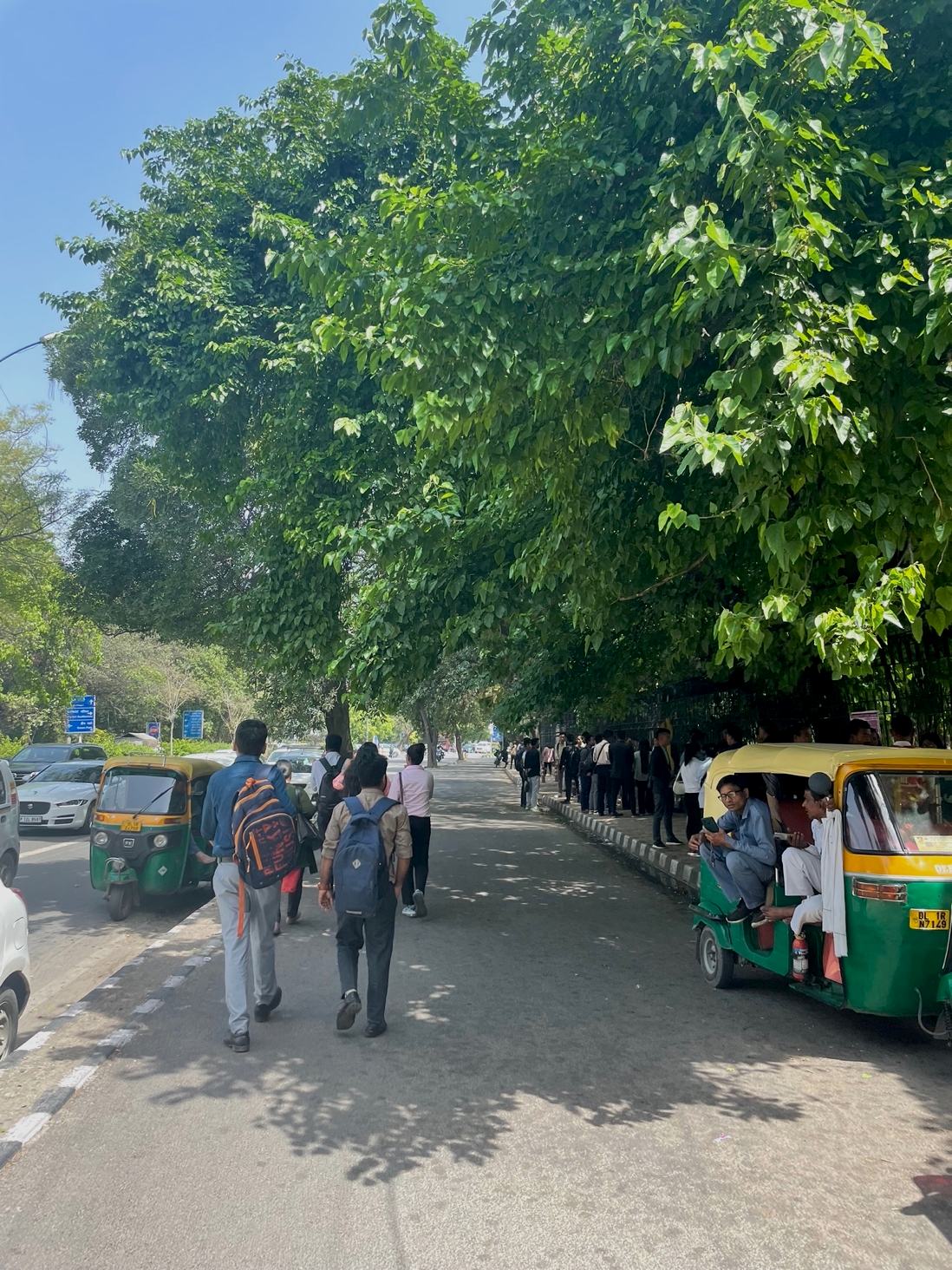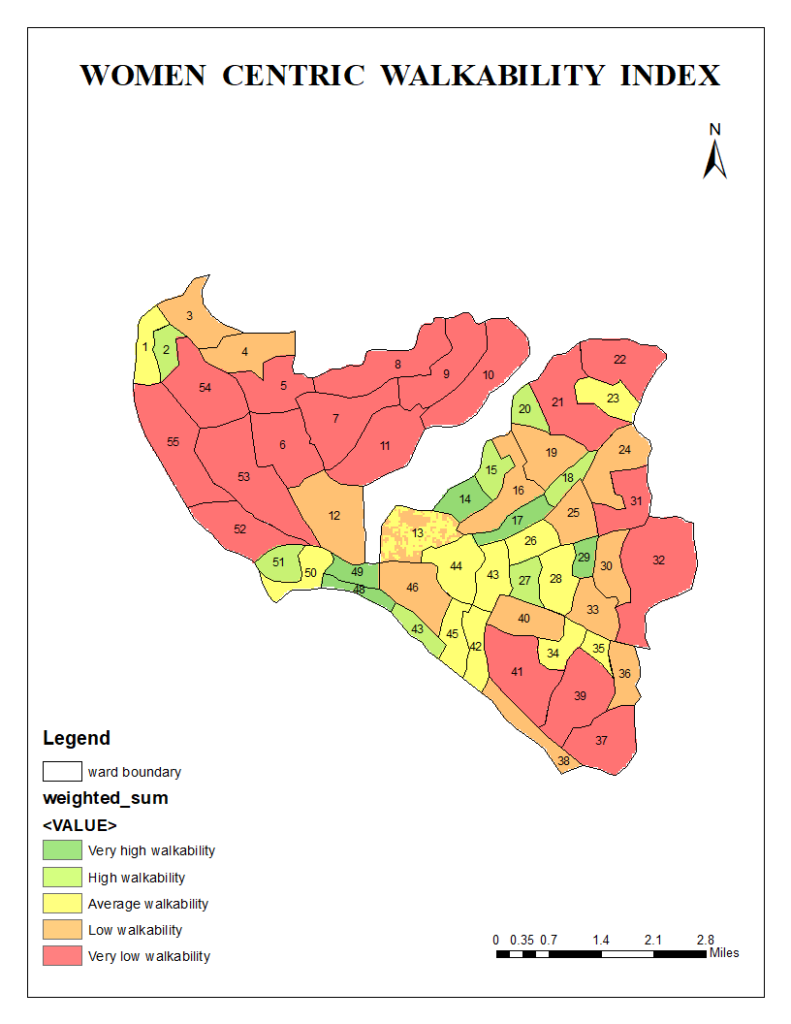City Know-hows

Examining the urban environment is critical for enhancing mental well-being, necessitating the identification of relevant indicators to inform strategic interventions aimed at improving mental health outcomes.
Share
Target audience
Urban designers and planners, architects, public health professionals, plus academics, sociologists, and policy-makers working in the same field.
The problem
Examining how individuals perceive the urban environment can assist in identifying indicators of their satisfaction and uncovering urban issues that impact their well-being. By understanding people’s views, we can pinpoint aspects they find fulfilling and uncover challenges that affect their quality of life in urban areas. This knowledge is crucial for implementing targeted interventions aimed at addressing urban issues and promoting overall well-being within the community.
What we did and why
Analysing individual perceptions of urban environments aids in identifying satisfaction indicators and uncovering urban challenges impacting well-being. Understanding people’s perspectives allows us to identify fulfilling aspects and challenges affecting their urban quality of life. This insight is vital for targeted interventions. We collected perceived environment quality data and assessed mental well-being via questionnaires. Statistical analysis helped pinpoint significant urban environment indicators associated with mental well-being, informing effective intervention strategies.
Our study’s contribution
Statistical analysis pinpointed key urban environment indicators correlated with mental well-being in Delhi, guiding effective interventions. Further empirical studies on each indicator’s relationship with mental well-being are advisable for deeper exploration. Moreover, these indicators serve to evaluate urban environments and public perceptions in diverse urban settings, extending their utility beyond Delhi and enhancing understanding of urban well-being on a broader scale.
Impacts for city policy and practice
Our findings hold significance in evaluating urban environments and public perceptions across diverse locations, transcending their relevance beyond Delhi and enhancing understanding of urban well-being universally. These insights are essential for guiding city policies and practices, facilitating evidence-based decision-making, and implementing focused interventions to tackle challenges and foster favorable outcomes effectively.
Further information
Full research article:
Exploring the link between perceived urban environments and mental well-being: a case study of Delhi, India by Asesh Sarkar and Tina Pujara
Related posts

Assessing the impact of walking in different urban spaces during the pandemic highlights the positive effects of high-quality green spaces for mental health.

The COVID-19 pandemic restrictions and the switch to online learning impacted the life of university students. We looked at wellbeing in relation to use of greenspaces during the 3rd ‘lockdown’ in England.

This study introduces the Women-Centric Walkability Index, addressing factors influencing women’s walking experiences in urban areas. Analyzing fifty-five wards in Kollam Corporation, Kerala, we identified key indicators like well-maintained sidewalks, street lighting, safety measures, and access to public amenities that enhance women’s walkability. Using the Analytical Hierarchy Process and GIS analysis, our research highlights the need for safer, more accessible, and comfortable walking environments for women, benefiting all pedestrians.